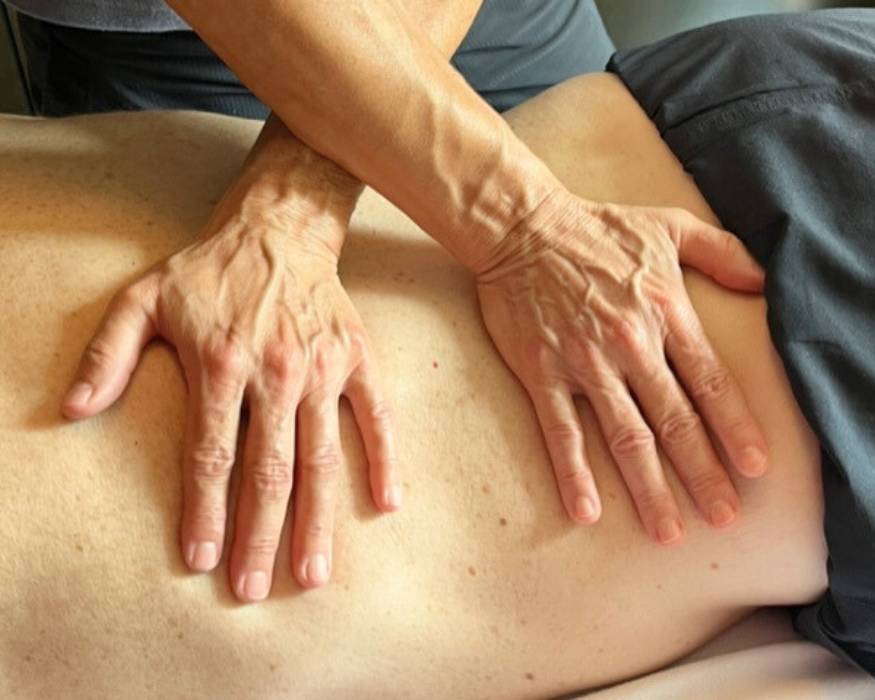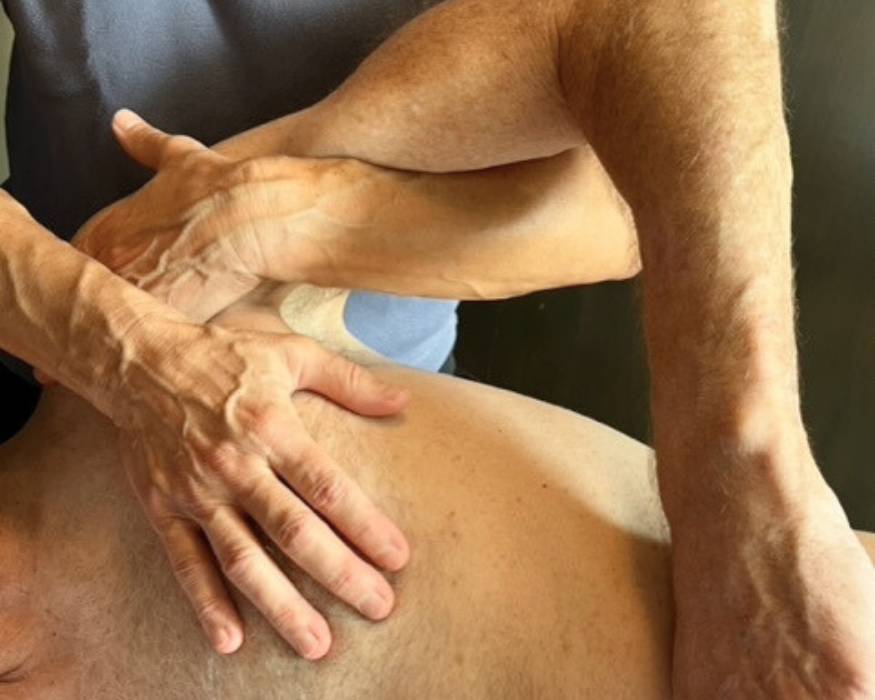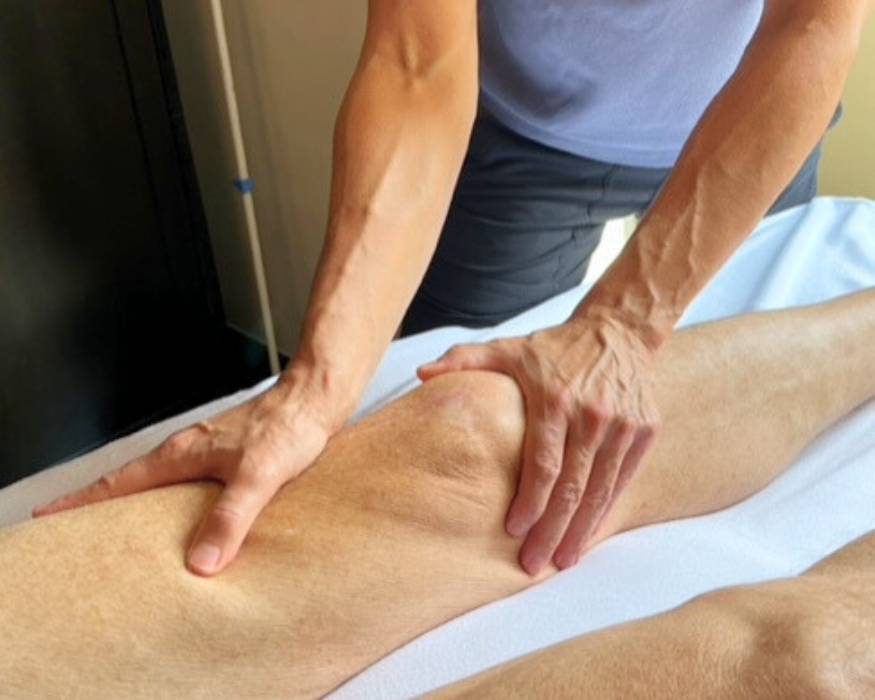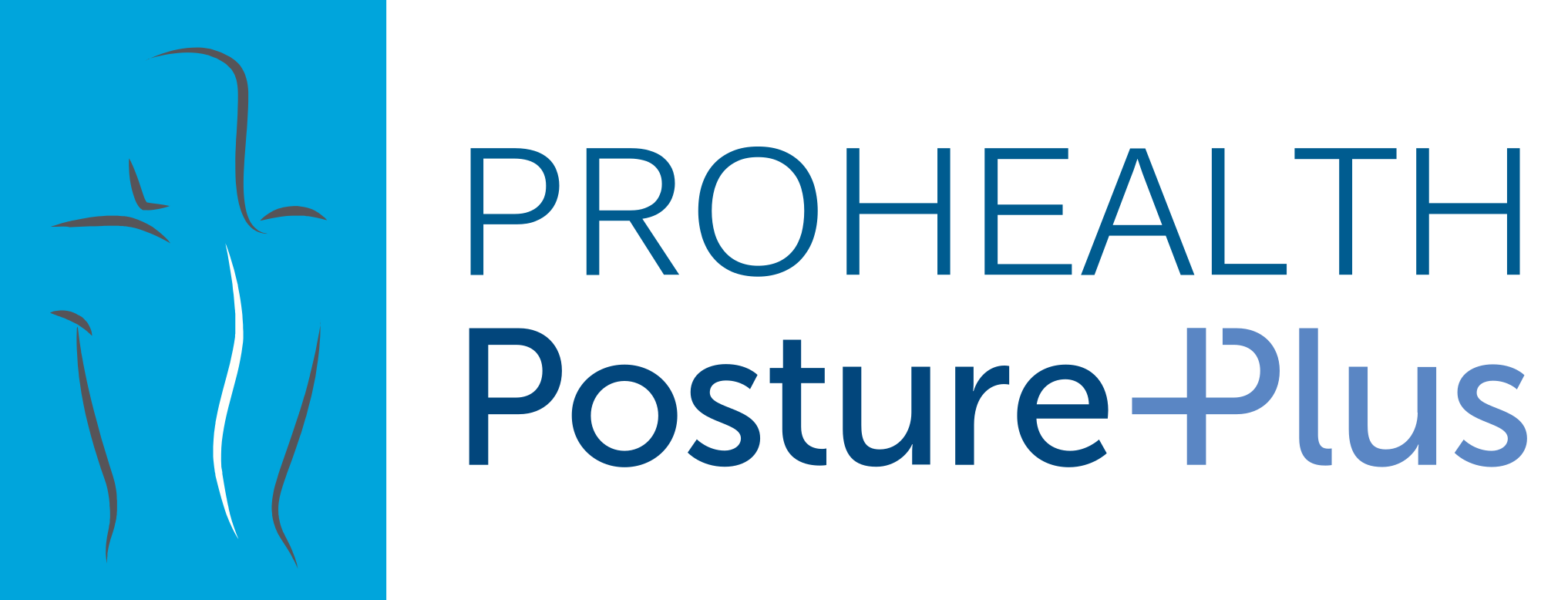
Fascia and Myofascial Release
What is Fascia and How Does Myofascial Release Relieve Pain?
Simply put, fascia is the fabric that holds us together… literally. If it didn’t, we’d fall down!
Myofascial release is one of many modalities that is utilized by massage therapists. It differs from other therapies as it focuses on relieving pain by addressing and treating this connective tissue that attaches to and supports your whole body.
While there are four different types of fascia, each having slightly different properties for different parts and functions, it is made up of one continuous sheet “of fabric” overlapping in multiple layers. Like a spider’s web, fascia wraps and surrounds each cell of our body and connects head to toe – from skin to muscles, bones, tendons, ligaments, nerves, blood vessels and organs. The most commonly treated layer is the superficial fascia, just below the surface of the skin, and is the connection to the rest of the system.
Fascia is made up of collagen, elastin and ground substance. Working together, these elements provide structure and support throughout the body.
Collagen and elastin are the ingredients that make for stability and mobility. Ground substance is the liquid component filling the space between fibres and cells. It is a gel-like substance that amongst other roles, provides lubrication for collagen fibres and is the medium for transporting materials through cells.
What Creates Adhesions and Myofascial Restrictions?
Myofascial restrictions develop from lack of movement, inflammatory responses, physical trauma (injuries or surgery) as well as from habitual postures leading to adaptive shortening and repetitive strain injuries. This all has a cumulative effect on the body. When the fascia has reduced pliability, it becomes tight, restricted and becomes a source of tension affecting the rest of the body.1
The ground substance in fascia should be fluid. When it starts to solidify from lack of movement (i.e. – sitting too long), our movements might feel like we’re wearing a coat that’s too tight. Reaching for that object on the upper shelf feels like your arm is too short, or you bend to tie your shoes and the floor is too far away.
When tightness and restriction is due to adhesions or scar tissue from an injury or surgery, it can start to put tremendous pressure on pain-sensitive structures.
Myofascial restrictions are proposed to produce incredible tensile pressures as great as 2,000 pounds per square inch. Because these restrictions don’t show up on scans such as MRI or X-ray, many people suffering with pain or restricted movement patterns are not diagnosed with any particular injury or condition.
Optimal vs Dysfunctional Fascia
Optimally, fascia slides and glides. It is flexible and supple. This allows us to move fluidly and pain-free through many ranges of motions – flexion, extension, rotation, bending, twisting.
When there is ample space in the tissue, it allows for our circulatory system to work efficiently – delivering much needed oxygen and nutrients to our tissues and eliminating metabolic waste to keep our tissues healthy. It allows for optimal nerve conduction so our systems function properly and our muscles fire well.
When fascia gets restricted and holds us together a little too well, it results in an interruption of this flow of transport and information and important functions are impeded. Instead of being supple and fluid, fascia gets dehydrated and becomes thick, ropy, and tough… you may have a feeling of being “stuck”.
It begins with restricted movement patterns which alter our biomechanics. This results in our muscles not working in their proper alignment. The body adapts to these new positions, however not without consequence. Long-term dysfunctional movement patterns can lead to pain and tightness, trigger points in muscles, etc.
In the presence of adhesions or muscles that are not sliding and gliding optimally, it is possible for compression and friction injuries to occur. In soft tissue this happens as the fibres rub together or over bony prominences, inflammation ensues which can result in tendinitis. When joints are compressed, it may contribute to bone degeneration – arthritis. When compression affects important structures like blood vessels and nerves, it can result in symptoms of numbness and tingling. Further compression on nerves can cause sharp, shooting pain.
How Does Myofascial Release (MFR) Help?
Myofascial release can help relieve pain by reducing the tensile pressure on the muscles and other structures below the surface of the skin. Along with other modalities, it can produce longer-lasting, more effective treatment outcomes – increased pain-free range of motion, improved postural alignment and restored optimal function throughout the body… as an added benefit, it helps with overall relaxation!
Myofascial release does not force through the resistance of the tissue. It allows the “time element” for the restricted fascia to soften and “melt” from its more solid state to its more gel-like state, thereby restoring fluid mobility, motility and decompressing the structures below.



Lotion or oil is not used, so that the hands don’t glide on the skin, allowing them to make direct contact with the tissue to feel for restrictions and adhesions. A slow, gentle, but firm pressure with slight tension in opposing directions is applied. This shearing force is held until the release is felt, as the hands move in opposite directions or follow a certain release pattern of melt. Because everyone presents differently with their own conditions and level of restrictions, the time it takes to release varies from person to person. Generally speaking, the first give felt is the elastic and muscular component, and then it can take up to 90 – 120 seconds (or longer) before reaching the next barrier to achieve a more effective and meaningful release.2
Depending on a client’s needs, myofascial release could be a valuable adjunct to other modalities and other therapies.
Myofascial Release at Posture Plus Hong Kong
At Posture Plus, our therapists provide an individualized approach for a tailor-made treatment. After a comprehensive assessment, the treatment approach is personalised to meet each client’s unique presentation and needs, including the use of other modalities as necessary. Are you curious/wonder if Myofascial Release can help improve your condition? Please contact us and we can help determine if this treatment approach is suitable for you.
Telephone: +852 2617 8801
WhatsApp: +852 6310 1033
References & Useful Resources
Note: 1,2 Some of the information above is summarized with descriptions and excerpts from the body of work from John F. Barnes, PT, LMT, international lecturer, author, leading authority on Myofascial Release, and founder of John F. Barnes’ The Myofascial Release Approach®. Please see below for references.
John F. Barnes’ Myofascial Release Approach®
https://myofascialrelease.com/
Article: Myofascial Release to Address Pain & Dysfunction
Written by John F. Barnes
Written by Vera Giovannitti

Diploma of Massage Therapy, WCCMT
Registered Massage Therapist, CMTBC
Vera Giovannitti is a registered massage therapist at Posture Plus. With certifications in Massage Therapy from WCCMT and the College of Massage Therapists of British Columbia (CMTBC), Vera brings over 23 years of clinical experience to her practice.
She specializes in clinical and therapeutic massage, myofascial release, scar tissue release, and sports massage. Her treatment approach is influenced by her personal experience with sporting injuries and surgeries, and is passionate about working as part of a multidisciplinary team to achieve optimal health and well-being for her clients.
In her personal life, she enjoys sports, outdoor activities, and exploring the relationship between nutrition and optimal health.

Leave a reply